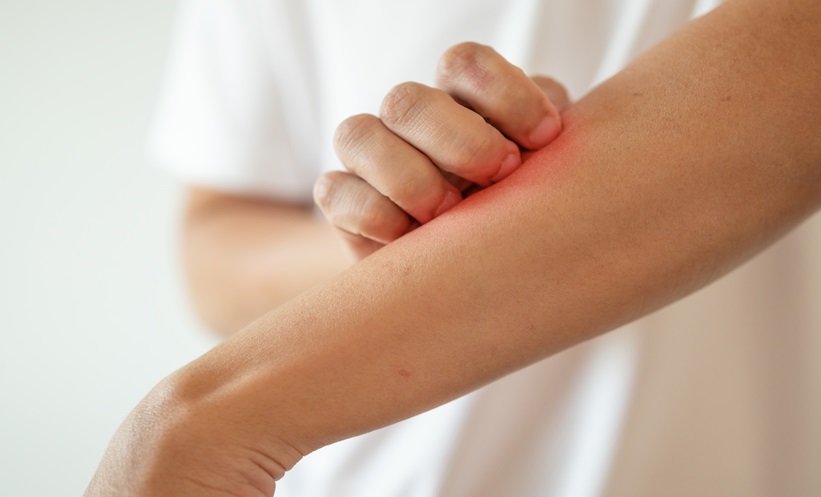CULTURED epidermal autografts (CEAs) produced from revertant epidermal keratinocytes have demonstrated potential as a treatment for epidermolytic ichthyosis and ichthyosis with confetti (IWC), according to a recent study. Epidermolytic ichthyosis caused by pathogenic variants of the KRT1 or KRT10 genes, leads to skin thickening, redness, and blistering. With IWC, a type of epidermolytic ichthyosis, some areas of skin have normal-appearing spots due to somatic recombination. Currently, no effective treatment has been established for epidermolytic ichthyosis. Therefore, researchers assessed the feasibility of transplanting cultured epidermal autografts onto desquamated lesional sites in patients.
The clinical trial was a single-arm, open, unmasked, uncontrolled study involving three patients—two with mosaic epidermolytic ichthyosis and one with IWC. Cultured epidermal autografts were generated from revertant skin cells of each patient, and genetic analysis confirmed that the grafts mainly consisted of revertant wild-type cells. Safety and proliferation were verified through single-cell RNA sequencing and the autografts were transplanted onto affected skin areas. The primary outcome was the percentage of the area free from ichthyosis lesions four weeks post-transplant, while the secondary outcome measured this at 24 weeks. At four weeks post-transplant, the percentage of areas without ichthyosis lesion recurrence were 40%, 100%, and 100% in the three patients, respectively. However, all patients experienced recurrence at the graft sites by 24 weeks.
The study demonstrated that cultured epidermal autografts from revertant skin cells are safely able to be transplanted, as a treatment option for epidermolytic ichthyosis and IWC. Although lesion recurrence occurred within 24 weeks, the initial results are encouraging, and this strategy might also apply to treating other genetic skin diseases. Future research should focus on improving the durability and long-term efficacy of cultured epidermal autografts.
Katrina Thornber, EMJ
Reference
Tanahashi K et al. Treating epidermolytic ichthyosis and ichthyosis with confetti with epidermal autografts cultured from revertant skin. Br J Dermatol. 2024;DOI:10.1093/bjd/ljae193.








